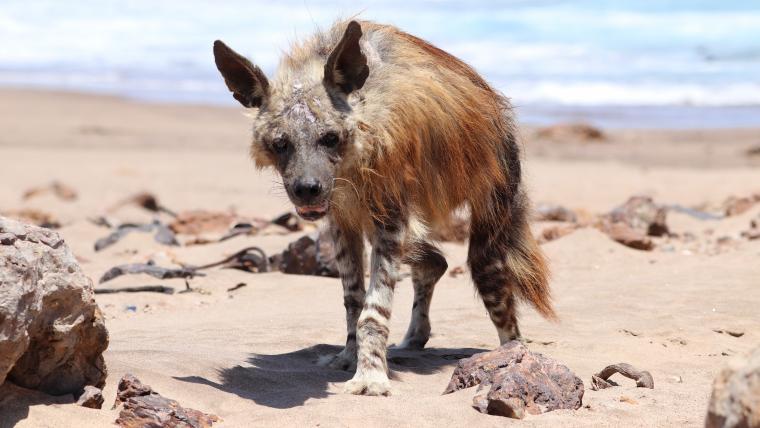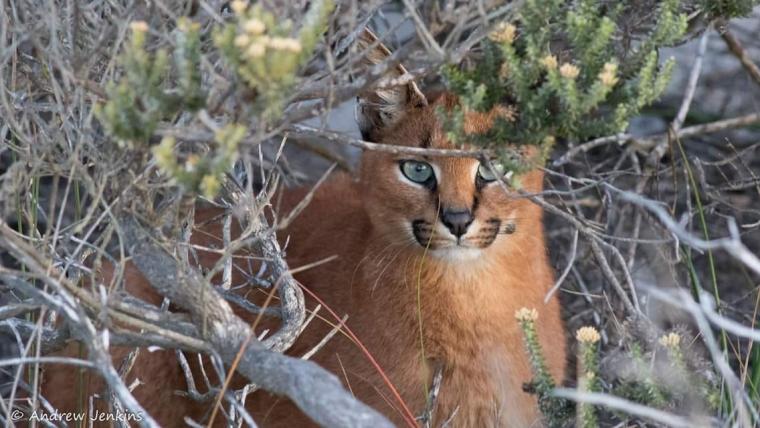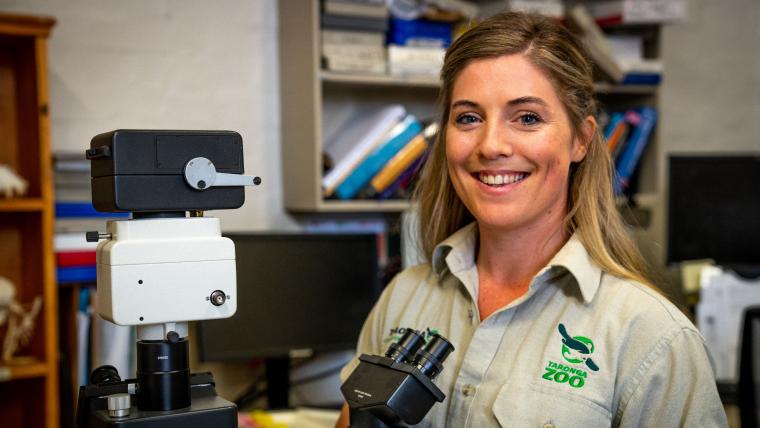
How the hyenas of the Namib desert gave up scavenging to become expert hunters
The Namib desert is one of the driest regions in Africa, but a carnivore still manages to thrive in these harsh conditions. Even though brown hyenas are natural scavengers, they are the sole large predator in this region. Consequently, carcasses are a rarity. Marie Lemerle, a PhD student at the Brown Hyena Research Project, has witnessed these animals behave unlike any other. As the only hyena population that feeds on Cape fur seals, she documents these skulkers put their hunting skills to the test.
The southern Namib is mostly undisturbed by humans, and at least half of Namibia's brown hyenas live here. This barren land provides minimal nourishment, and brown hyenas subsequently have to cover vast distances to find food on the coast. At Baker’s Bay, one seal colony is a year-round source of sustenance. While hyenas are usually nocturnal, Lemerle has observed that individuals have set hunting times to avoid running into each other. When they do, the coast becomes a space for brown hyenas to mate or fight.
Hyenas often come into conflict with farmers when they target livestock, but in this area they face the threat of becoming roadkill. Some hyenas live at least 50 kilometres inland, and getting to the seal colony is a challenge as they find themselves traversing roads and ending up in the crosshairs of humans. “This can become dangerous for them,” Lemerle says. But hyenas play a crucial role in the region. They protect the environment from harmful diseases by scavenging, and this population serves as a connection between the marine ecosystem and the desert landscape. Seal carcasses are great fertilisers for arid plants, and when the hyenas drag their meals back to their dens they bring nutrients that deserts usually lack.
“The resilience that these hyenas showcase is truly extraordinary,” Lemerle says. She knows most of the hyenas that visit the seal colony, including Boston – an old male who became blind in one eye after being struck by a dust storm. Even with impaired vision, Boston is well-aware of his surroundings and largely reliant on his sense of smell. This is just some of the vast unknowns Lemerle is discovering about these brown hyenas, including their range, movement, and relationship with one another. Her research and data will assist in the establishment of a tourism programme that minimally affects the animals. “I think the more people know about them and the more people feel involved, the more means we can have to protect the species,” Lemerle says. By sharing what makes these brown hyenas unique, she is highlighting the need to preserve them. “Our work is important because understanding this desert population will help its conservation,” Lemerle says.
You can support the Brown Hyena Research Project's work here.
Footage and images by Marie Lemerle and the Brown Hyena Research Project were used in the creation of this film






























Please sign in to leave a comment